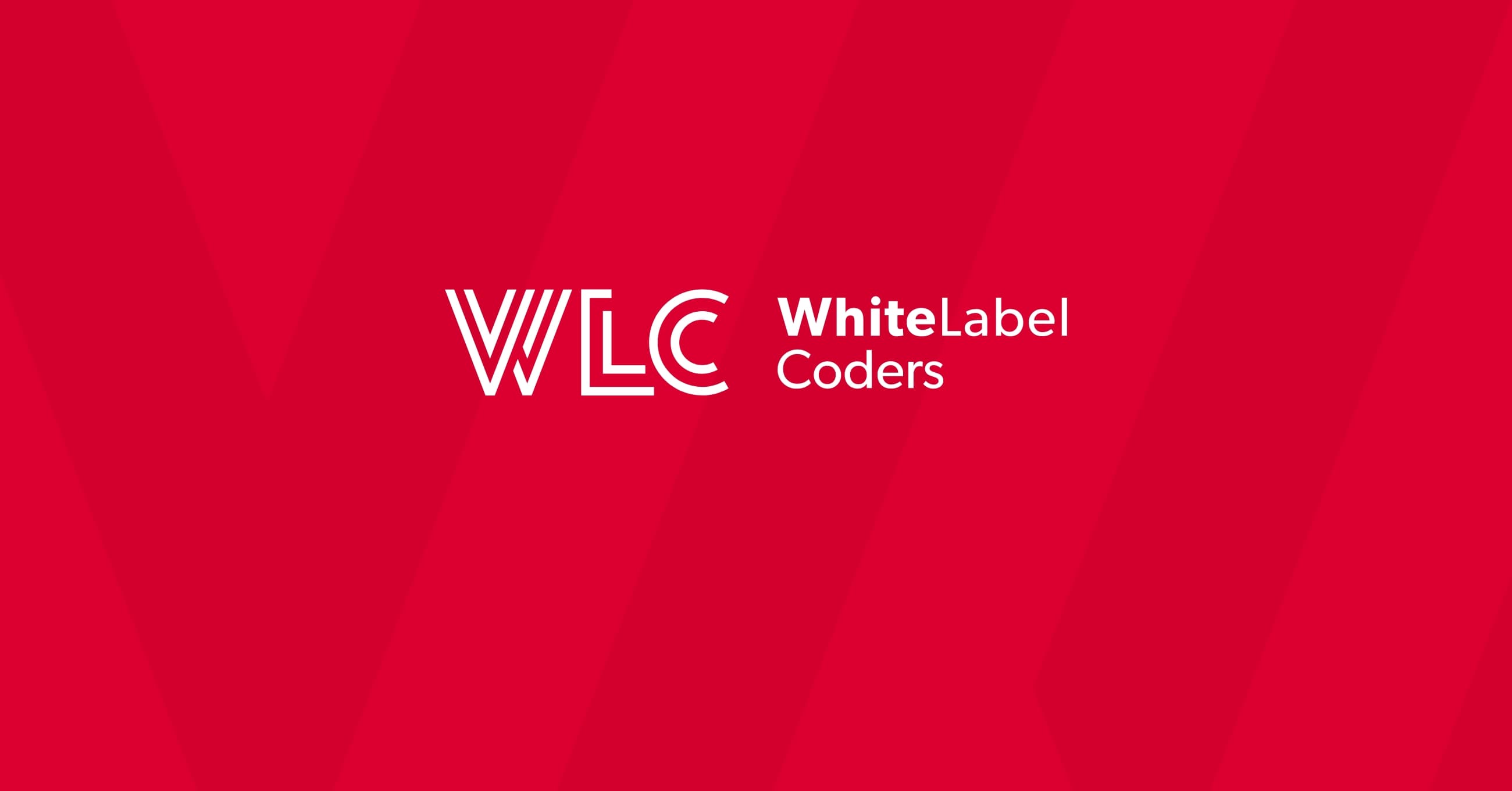Category: SEO AI
How do I speed up the review approval process?

Speeding up the review approval process requires combining workflow automation, standardised content structures, and reduced developer dependencies. The key is eliminating sequential bottlenecks where content waits for multiple stakeholders to review one after another. Modern WordPress solutions enable parallel workflows, automated notifications, and pre-approved component libraries that let content teams publish faster whilst maintaining quality and compliance standards throughout the entire publishing cycle.
What is a review approval process in WordPress and why does it slow down publishing?
The review approval process in WordPress involves multiple stages where content moves from creation through editorial review, compliance checking, technical approval, and final publishing. Each stage typically requires different team members to examine the content, verify accuracy, ensure regulatory compliance, and confirm technical implementation before the piece goes live on your site.
This process slows down publishing because traditional workflows create sequential dependencies. Your content sits idle whilst waiting for each reviewer to complete their part. For trading affiliates, this means a broker comparison article might wait days whilst the content team checks writing quality, the compliance team verifies regulatory claims, the SEO specialist reviews optimisation, and developers handle technical implementation.
Communication gaps worsen these delays. When reviewers work in different tools or lack visibility into the approval status, content gets stuck. Someone might be waiting for feedback that’s already been provided elsewhere. Another reviewer might not realise they’re holding up publication whilst they’re busy with other priorities.
The dependency problem hits hardest when time-sensitive content needs publishing. A new broker promotion or market update that should go live immediately instead waits in a queue. Each handoff between teams adds hours or days, and any required changes send the content back to the start of the cycle.
How do workflow automation tools speed up the review approval process?
Workflow automation eliminates manual handoffs by automatically routing content to the right reviewers at the right time. When a writer submits content, the system immediately notifies relevant stakeholders, tracks approval status, and moves content forward without anyone needing to manually coordinate the process.
WordPress plugins and custom solutions can send automated notifications through email, Slack, or project management tools. This means reviewers know instantly when content needs their attention, rather than discovering it hours later. Status tracking shows everyone where content sits in the approval pipeline, eliminating the “who’s got it now?” confusion that wastes time.
Conditional workflows handle different content types appropriately. A simple blog update might only need editorial review, whilst a broker comparison requires compliance and technical approval. The system routes each piece through the necessary steps without requiring manual decisions about who should review what.
Integration with communication tools creates immediate visibility. When someone approves or requests changes, notifications reach the right people straight away. This eliminates the waiting periods where content sits unattended because nobody realised action was needed.
The real efficiency gain comes from removing human coordination overhead. Your team stops spending time chasing approvals, checking status, and manually forwarding content between reviewers. The system handles routing whilst people focus on actual review work.
What role does content structure play in faster review approvals?
Standardised content templates and predefined layouts reduce review cycles by ensuring consistency and compliance from the moment content is created. When writers work within structured templates, they’re less likely to miss required elements or create formatting that needs correction during review.
Gutenberg block libraries provide pre-built components that have already been reviewed and approved. A custom block for broker comparisons includes the correct data fields, compliant disclaimers, and proper formatting. Writers assemble content from these approved building blocks rather than creating everything from scratch, which means less for reviewers to check.
This approach minimises back-and-forth corrections. When fee tables use a standardised block with validated data sources, compliance reviewers don’t need to verify each cell. When review layouts follow an approved template, technical reviewers don’t need to check formatting. The structure itself enforces quality standards.
For trading affiliates, reusable blocks for WordPress sites for broker information, spread comparisons, and regulatory disclaimers ensure consistency across hundreds of pages. Content teams can’t accidentally omit required disclosures or use outdated fee information because the blocks pull from centralised data sources and include mandatory elements.
The editorial review process becomes faster because reviewers work with familiar structures. They know exactly where to look for specific elements and can quickly verify that content follows established patterns. Unfamiliar layouts require more scrutiny, whilst standardised structures allow efficient review.
How can you reduce dependency on developers during the approval process?
Empowering content and marketing teams with Full Site Editing capabilities eliminates developer bottlenecks by separating content updates from technical deployment. When non-technical team members can create and modify pages using pre-approved component libraries, they don’t need to wait for developer availability to publish content.
Pre-approved component libraries provide building blocks that have already passed technical review. Content teams assemble pages from these components knowing they’re technically sound and compliant. This enables parallel workflows where content creation and technical work happen independently rather than sequentially.
No-code editing tools let marketers update broker information, modify comparison tables, and adjust page layouts without touching code. The visual editing interface shows exactly how changes will appear, reducing the need for developer involvement in content refinement.
This separation transforms the approval process. Instead of developers reviewing every content change, they focus on maintaining the component library and underlying systems. Content goes through editorial and compliance review without technical gatekeeping, then publishes immediately when approved.
For trading affiliate portals managing hundreds of broker pages, this approach is transformative. When a broker changes their spreads or launches a promotion, content teams update the information directly rather than creating tickets for developers. The centralised data system ensures changes propagate correctly without requiring technical intervention for each update.
What are the best practices for multi-stakeholder review workflows?
Managing reviews when multiple teams need to approve requires parallel review processes rather than sequential handoffs. Send content to all relevant reviewers simultaneously so editorial, SEO, compliance, and technical teams can work at the same time instead of waiting for each other to finish.
Clear role definitions prevent overlap and confusion. Each reviewer should know exactly what they’re responsible for checking. Editorial reviews writing quality, SEO reviews optimisation, compliance verifies regulatory requirements, and technical checks implementation. When roles are clear, reviewers work efficiently without duplicating effort or missing issues.
SLA-based approval timelines create accountability. Establish expected review times for different content types and priorities. Standard blog posts might get 24-hour review windows, whilst urgent market updates need approval within two hours. These timelines help teams prioritise and prevent content from languishing.
Escalation procedures handle bottlenecks before they cause serious delays. If a reviewer hasn’t responded within their SLA window, the system automatically escalates to their manager or routes around them. This prevents one busy team member from blocking publication.
Collaborative editing features allow multiple people to work on content simultaneously. When reviewers can add comments, suggest changes, and see each other’s feedback in real-time, the revision process becomes more efficient. Writers can address multiple sets of feedback at once rather than handling sequential revision rounds.
Version control ensures everyone reviews the same content version and changes don’t get lost. When multiple people provide feedback, the system tracks all suggestions and shows what’s been addressed. This prevents confusion about which version is current and what changes are still pending.
How does a centralized data system eliminate review delays?
A Trading Data Center or single source of truth reduces review cycles by ensuring data accuracy from the moment content is created. When broker information, spreads, fees, and promotions come from a centralised, verified database, reviewers don’t need to fact-check every detail during the approval process.
Centralised broker data means content teams pull information from pre-verified sources rather than manually researching and entering details. When a writer creates a broker comparison, the data comes from the system rather than being typed in. This eliminates the verification step where reviewers check whether spreads and fees are current and accurate.
Automated updates keep information current without requiring content revisions. When a broker changes their commission structure, updating the central database immediately reflects that change across all relevant pages. Content doesn’t need to go back through review just because underlying data changed.
API integrations with broker platforms and data providers ensure information stays accurate automatically. Real-time feeds for spreads, trading conditions, and promotions mean your content always shows current information without manual updates or verification during review.
This approach dramatically reduces fact-checking time during compliance review. Instead of verifying dozens of data points on each broker page, compliance teams audit the central data source periodically. Individual content pieces inherit that verified accuracy, requiring only editorial and presentation review rather than complete data verification.
For trading affiliates managing information about hundreds of brokers across multiple markets, centralised data transforms the review process. A single update to broker information propagates everywhere instantly, and reviewers trust the data accuracy because it comes from a verified source rather than manual entry.
What technical optimizations make the review process faster for large-scale portals?
Technical architecture improvements enable rapid review workflows for high-volume trading affiliate sites through staging environments, version control, and deployment automation. These systems let teams test and approve content without risking production stability or requiring complex coordination.
Staging environments provide safe spaces where reviewers can see exactly how content will appear live without publishing it. Multiple staging areas allow parallel review of different content pieces, and automated syncing ensures staging matches production configuration. Reviewers approve based on accurate previews rather than imagining how changes will look.
Version control systems track every content change and enable instant rollback if issues appear. This safety net lets teams approve and publish faster because mistakes aren’t permanent. If a published update causes problems, rolling back to the previous version takes seconds rather than requiring emergency fixes.
CI/CD pipelines automate the deployment process from approval to publication. When content passes all review stages, it publishes automatically without manual deployment steps. This eliminates the bottleneck where approved content waits for someone to actually push it live.
Performance optimisation ensures the review interface itself works quickly. Slow admin panels frustrate reviewers and waste time. Optimised WordPress installations with proper caching, efficient database queries, and streamlined interfaces make the review process faster simply by being responsive.
For large-scale portals, these technical foundations enable WordPress development workflow best practices where content moves from creation to publication in hours rather than days. The architecture supports rapid iteration whilst maintaining the quality and compliance standards essential for trading affiliate operations.
Modern frameworks like Sage, Bedrock, and Radicle provide clean code foundations that make these optimisations possible. They separate concerns properly, enable efficient caching strategies, and support the automated workflows that eliminate manual bottlenecks throughout the review and publishing process.

